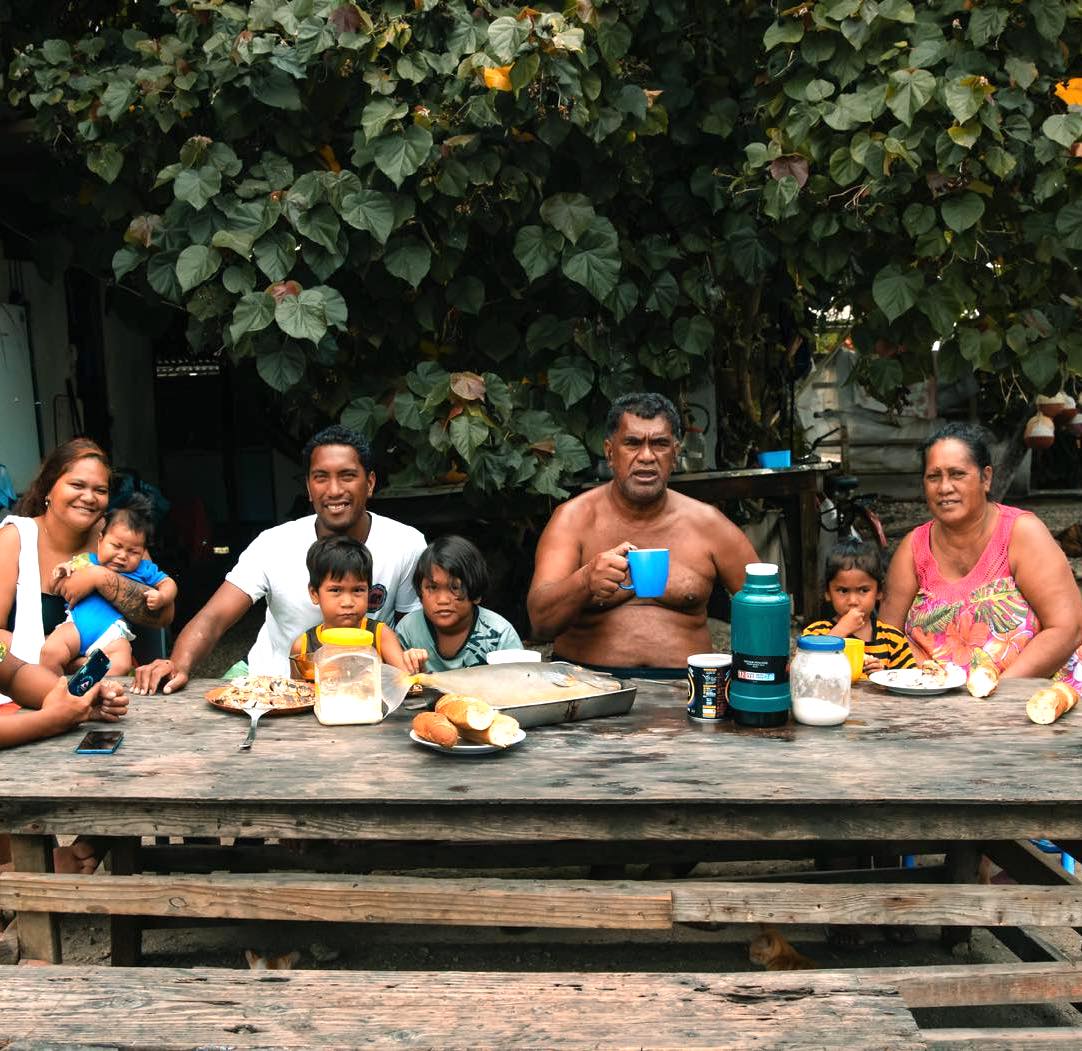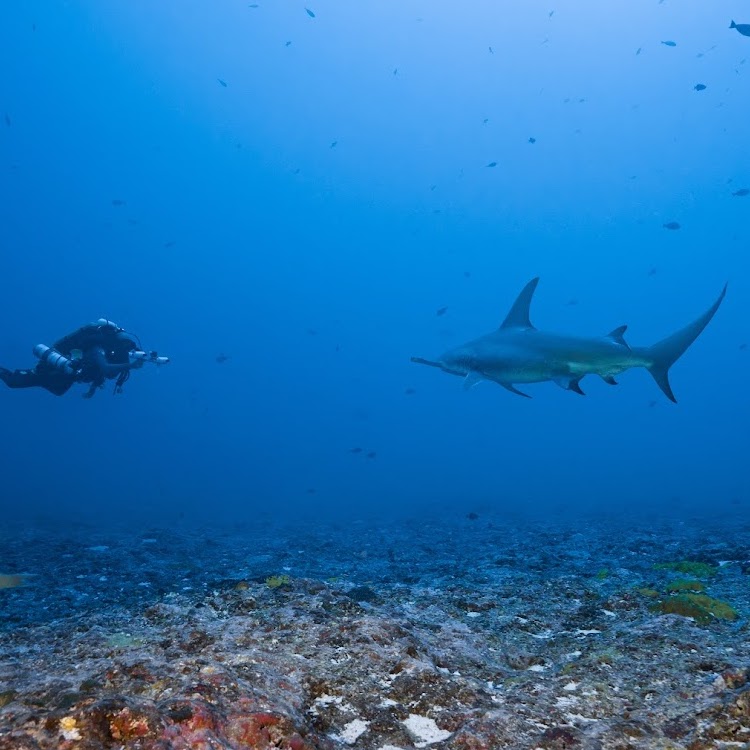written by Doris Ramseyer for the 2023 edition

Sociological and ethnographic study on extended kinship in Rangiroa



Among all the islands of Polynesia, Rangiroa was chosen by Paul Ottino, a French ethnologist, to carry out a formidable sociological and ethnographic study between 1962 and 1965. He targeted the Tuamotu, which reflected a “better conservation of the reality of a Polynesian culture", and whose data is extendable to the other Society Islands and the Western Tuamotus. The result is a thick, extremely detailed work: Rangiroa, extended kinship, residences and lands in a Polynesian atoll.
The ethnologist Paul Ottino arrives in Polynesia after having abandoned a career in the Colonial Administration, to devote himself to what drives him: travel, the study of human behavior and the learning of languages, for which he shows a keen interest, a prodigious gift (he thus learned Tahitian and Pa'umotu).
Ottino focuses on the “post-European” period, when the inhabitants of the Western Tuamotu returned to their atolls from 1830-1840; they had been driven out by the warriors of Ana'a. Then he describes the geography, life, and specificities of an atoll. He notes that the coconut groves developed in 1870 gradually changed all life on the island, as well as the land and kinship system.
The writer studies the different socio-cultural categories (ta'ata mā'ohi, « demis » and sanitos), and religious and political influences; he targets the extended family (as opposed to the conjugal family, which is more individual and less traditional) over a period of 150 years, within the different neighborhoods of Tiputa ('âti Marere, Fariua and Hoara).
The author notably meets Punua, appearing in the Rebels of the Bounty, and actor in the films of Folco Quilici. One evening, Ottino and Punua are in the water to hunt a school of large surgeonfish and trevally. The sharks arrive, excited by the blood: “we are surrounded by a pack of raira sharks, suddenly unleashed, biting each other. I never knew how we found ourselves unharmed in the boat.” In the same 'âti Fariua, the scientist meets Vahine's family. The latter enters into a second marriage with Teri'i; together they had five children, three of whom were adopted. In 1964, “the death of Vahine impressed many people, because on this occasion a kaha appeared”, a sign announcing the imminence of an important event. “The kaha appears at night in the form of a ball of bluish light tracing a slow trajectory a few meters above the top of the coconut trees. (...) Vahine saw the kaha and died a few hours later.

Ottino is interested in the vocabulary of kinship (close and distant), alliance and consanguinity; he also specifies the notions of feti'i, and quotes Tuarue Haoa: "the feti'i are as numerous as the "flowery" waves of the sea (when under the effect of the wind they roll; in Tahitian: ua tiarehia te miti). » The notions of tо́to (blood) are discussed, the role in procreation and the problem of origin. “The concept of blood (…) is a true unit of measurement of kinship, and allows, among other things, to immediately distinguish close relatives from those who are not. » This results in forbidden and prohibited degrees, incest and the annulment of kinship. Incest on the atoll “constitutes a true negation of the most fundamental conceptions, and cannot be tolerated. »
The ethnologist emphasizes the social structure ('âti, 'opu, 'opu ho'e, and 'opu feti'i), and illustrates the extent of kinship through several concrete examples. He then describes Polynesian residence and mobility, including the location of residential sites and family houses (fare tupuna), as well as their sociological importance. “The function of modern family houses is very similar to that of the ancient pre-European so-called family marae.” Ottino also studies feia tumu or “original inhabitants”, matrimonial alliances, circumstances and types of adoption: “adoption creates emotional bonds that last a lifetime.” The last chapter is devoted to the method of concession and exploitation of land, studied within each family, in the village as well as in the coconut grove. The author ends with the beginning of the bankruptcy of the old system: the transition from undivided lands to divided lands.

In his work, Ottino goes beyond the apparent disappearance of the laws and organizations of Polynesian society. He demonstrates that, on the contrary, it is governed by very strict principles, the simplicity of which allows it to adapt to the profound mutations and upheavals it is experiencing. “It is very precisely this underlying rigidity that enables and authorizes the apparent surface anarchy so completely expressed by the a'ita pe’ape'a, philosophy of indifference. »
The ethnologist considers this study urgent, before the change in morals and the evolution of this civilization. “Old people remember this time and the great movements of the flotilla of cutters with white sails on the lagoon, cutters loaded with the entire village supervised by the missionary and the catechists (…). The descriptions evoke what was a sort of epic, (…) the collective fishing sessions at night with an entire village brandishing torches and advancing on the outer reef, on Sundays in the sector with the women dressed in white and the men wearing the boater, prim in their stiff jackets. »
Source of the book (French) : Rangiroa, parenté étendue, résidence et terres dans un atoll Polynésien






